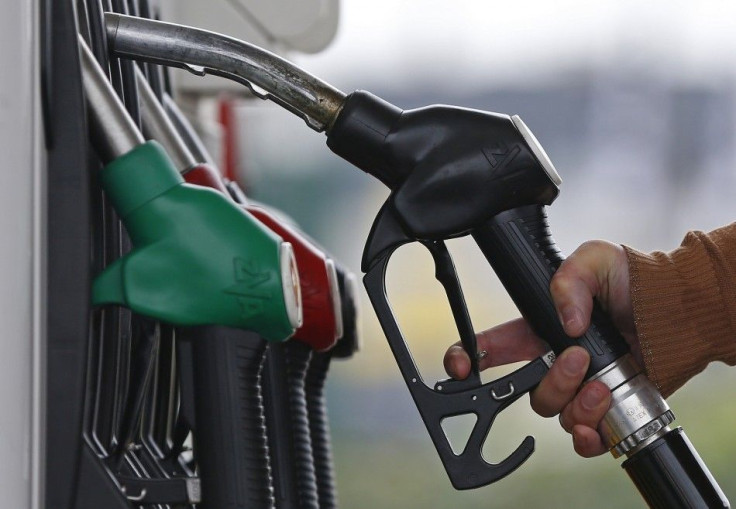Scientists design material that can turn water into fuel

UK scientists are paving a new road to cleaner energy after theoretically creating a new material that converts water into fuel, using just the power of the sun.
Chemists at the University of Reading claims that a new catalyst mimics the way plants absorb energy from the sun, which could easily split water into hydrogen and oxygen. In the new research, published in the Journal of Materials Chemistry A, the team said that the complex new material could potentially produce hydrogen for fuel cells and may be used to turn carbon dioxide from the air into a carbon-based fuel, such as methanol.
“Finding a material that can help create readily available fuels is one of the holy grails of science. While we still have a long way to go, our new findings could be a significant step forward in the search for cheaper, environmentally friendly fuels to power the future,” said the study’s lead author, Dr Ricardo Grau-Crespo from Reading University's Chemistry Department.
The study disclosed that splitting water into hydrogen and oxygen is an energy-intensive process, which currently requires much more energy from electricity than what comes out as usable fuel.
To make the process more efficient, the team used a photocatalyst, a material that absorbs light from the sun, to excite electrons to higher energy levels. The excited electrons, as well as the empty spaces that they leave behind, can drive forward the two half-reactions required to split water into oxygen and hydrogen.
Finding a good photocatalyst is tricky, however, since its properties have to be precise for the reaction to take place. Titanium oxide is one of the best photocatalyst materials available, but it is too inefficient to produce more than a tiny amount of hydrogen, since it can only absorb energy from ultraviolet light.
To find various candidates as potential photocatalysts for fuel production reactions, the team used supercomputer simulations and found that some metal-organic frameworks exhibit the ideal electronic structure required to catalyse these reactions.
Grau-Crespo said their study is inspired by nature, as porphyrin is related to chlorophylls, the green pigments which allow plants to convert sunlight into chemical energy.
“The challenge now is to incorporate these wonderful natural catalysts into materials capable of doing the specific chemical job we need. If we can do this, it could lead to highly-efficient conversion of solar energy to chemical energy – providing a clean, storable and transferrable source of energy,” he explained.
In April 2015, German automaker Audi announced it had created synthetic diesel fuel using only water and air, according to an article in CNN Money. Called “e-diesel,” the clear fuel was produced at a research facility in Dresden through a “power to liquid” process. The researchers used carbon dioxide, the most common greenhouse gas, which can be captured directly from air. Unlike conventional fossil fuels, Audi claims the “e-diesel” does not contain sulphur and other contaminants, which makes the engine run quieter and emits fewer pollutants.
Contact the writer at feedback@ibtimes.com.au or tell us what you think below.





















